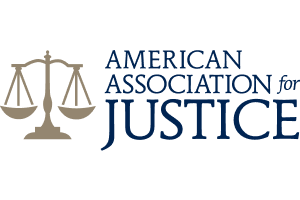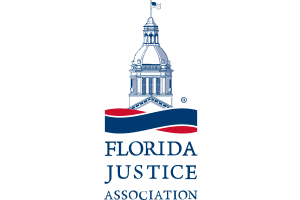Connecticut Woman Sues Norwegian Cruise Line After Tripping Over Raised Threshold on Norwegian Prima
Bobbi Jo Evans, a Connecticut resident, has filed a maritime personal injury lawsuit against NCL (Bahamas) Ltd., the operator of Norwegian Cruise Line, in the Southern District of Florida. The lawsuit, Case No. 1:25-cv-24995-KMW, alleges that Evans tripped over a dangerously raised and poorly marked threshold on Deck 17 of the Norwegian Prima, resulting in serious injuries during her December 2024 cruise.
Cruise Passenger Injured by Partially Marked, Raised Metal Threshold on Norwegian Prima’s Upper Deck
According to the complaint, the incident occurred on December 5, 2024, while Evans was walking along Deck 17 aboard the Norwegian Prima. She allegedly tripped on a raised metal threshold that lacked adequate warnings or high-visibility markings. The black and yellow caution tape that had previously been applied to signal the threshold’s presence was substantially worn off, making the hazard difficult to detect.
Evans asserts that she had no knowledge of the threshold’s existence and that the cruise line failed to take reasonable measures to ensure passengers could safely navigate the area. The complaint states that the raised flooring posed an unreasonable trip hazard, particularly because the ship’s design failed to account for pedestrian traffic on that deck.
NCL Allegedly Had Prior Knowledge of Raised Threshold Hazards Across Fleet
Evans’ lawsuit argues that Norwegian Cruise Line knew or should have known about the risks posed by raised thresholds due to numerous prior incidents across its fleet. The complaint cites multiple federal cases involving similar injuries from tripping over poorly marked floor level changes, including:
- Jung v. NCL (2025)
- Lalusis v. NCL (2024)
- Chen v. NCL (2019)
- Bendavid v. NCL (2024)
- Blanchard v. NCL (2024)
- Parker v. NCL (2023)
- Hawkins v. NCL (2014)
- Bernstein v. NCL (2006)
The plaintiff claims these prior lawsuits and settlements—some of which allegedly include confidentiality provisions—demonstrate that NCL had both actual and constructive notice of the dangers of raised thresholds. Despite this, the cruise line allegedly failed to implement or enforce industry-standard safety procedures, such as applying highly visible warning signs, contrasting floor materials, or consistently maintained caution markings.
Lawsuit Claims Norwegian Failed to Maintain, Warn, and Inspect Deck 17 Threshold Area
The lawsuit includes three counts of negligence against NCL:
- General Negligence for failing to maintain a safe walkway, allowing the threshold to become hazardous, and not correcting known dangerous conditions.
- Negligent Failure to Warn for not adequately alerting passengers to the tripping hazard presented by the raised threshold.
- Negligent Failure to Maintain for allowing the warning tape to wear off, failing to inspect the area regularly, and not ensuring threshold safety in a high-traffic passenger location.
Evans asserts that the cruise line breached its duty to exercise reasonable care under the circumstances, particularly where changes in flooring elevation are involved—one of the most common causes of onboard trip-and-fall accidents.
Passenger Seeks Damages for Lasting Injuries, Pain, and Lost Vacation Value
As a result of the fall, Evans alleges she suffered physical pain, loss of mobility, mental anguish, and ongoing medical issues. Her injuries are described as permanent or continuing in nature, affecting her ability to enjoy life and perform normal daily activities. The lawsuit also seeks compensation for:
- Past and future medical expenses
- Pain and suffering
- Emotional distress
- Loss of enjoyment of life
- Lost value of the cruise and related travel expenses
Cruise Ship Threshold Trip Hazards Remain Recurring Risk for Passengers
Raised thresholds and floor level changes on cruise ships can pose serious injury risks when they are not properly marked or maintained. Cruise lines have a legal duty to address these foreseeable hazards through warning signage, maintenance, and design safeguards. Passengers who suffer injuries due to unmarked or poorly maintained thresholds may be entitled to compensation under maritime law.
If you were injured on a cruise ship due to a trip and fall hazard like a raised threshold, contact an experienced maritime injury attorney to learn about your legal rights.
Contact us today to speak with a cruise injury lawyer.
Disclaimer:
Our firm does not represent the plaintiff in this case and is not involved in the litigation. The information provided is a summary of allegations based on publicly available court filings. We make no representations about the truth of these allegations, are not commenting on the merits of the case, and are not predicting any outcome.











